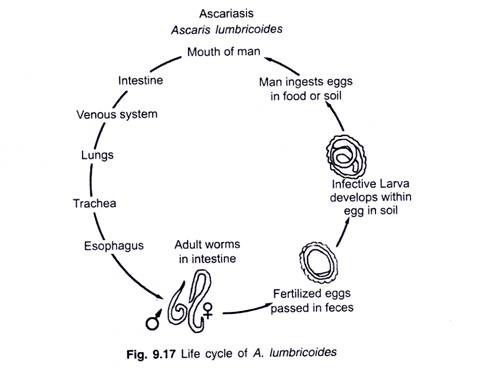Learn about the Comparison between Mendel’s Theory and Chromosomes’ Behaviour.
Mendel, while explaining the laws of inheritance, suggested that the genes were hereditary units which were transmitted from cell to cell and generation to generation. Actually, Mendel was not at all familiar about physical explanation of his results.
In order to explain as to how the genes could behave in such a way that each daughter cell at the time of gamete formation received all that was in the parent cell, and then that became a complete cell and not half a cell or only part of the parent cell several early workers have speculated to a great extent.
Wilhelm Roux for the first time pointed out the importance of chromosomes in the heredity and suggested that the chromosomes were strings of bead like structures which were present in the nuclei of the cells. He also suggested the possibility to explain the mechanism of gene transmission from cell to cell.
Suttoh and Boveri, in 1904 followed the points of Wilhelm Roux and formulated a theory called the chromosome theory of heredity. They in order to explain the law of independent assortment suggested that if different genes were in different chromosomes completely independent of one another, the results of Mendel’s dihybrid crosses could be explained.
The similarity between the proposed behaviour of Mendelian factors prior to cell formation and observed behaviour of chromosomes during meiosis will now be apparent.
The important points of similarity between the two are as follows:
1. The chromosomes occur in pairs in the cell, so do the Mendelian factors.
2. Homologous chromosomes pair during meiosis and only one member of each pair finds its way into given germ cell. Mendelian factors segregate from one cell to another in similar fashion.
3. The spatial arrangement of any given chromosome pair on the spindle is independent of the arrangement of all chromosome pairs. Mendelian factors are also supposed to assort themselves independently.
4. By the process of fertilization the original number of chromosomes is restored in the zygote, similarly Mendelian factors (pairs of contrasting characters) reduced to one half their original number during germ cells formation are restored by fertilization.
So provisionally, the Mendelian factors may be identified by the physical entities, called chromosomes.
Cytological Basis of Segregation:
Mendel knew nothing of the chromosomes and meiosis. Sutton and Boveri in order to explain the law of independent assortment suggested that different genes were in different chromosomes completely independent of one another. Thus, similarity between the Mendelian factors and chromosomes became apparent.
The cytological basis of segregation of alleles can be explained if we take the example of an individual which possesses two allelomorphs ‘A’ and ‘a’ on two different homologous chromosomes i.e., A on one chromosome and a on the second chromosome. In the prophase stage the two chromosomes will pair and duplicate and in first meiosis A and a chromosome wills segregate or separate from each other.
In the second meiosis the two chromatids of A chromosomes and those of a chromosome separate. Thus it becomes clear that both alleles of heterozygote separate during, meiosis (gametogenesis) to produce gametes with only one chromosome with either dominant allele or recessive allele. No gamete will have both the genes and chromosomes of an allelic pair (Fig. 14.1).
Explanation of Law of Independent Assortment:
To explain this, take the example of a cross between black short haired guinea pig and a brown long haired guinea pig in which allele B (Black) is in one chromosome and allele b (brown) is in other chromosome. Similarly allele S representing for short hair is in one chromosome and allele s representing long hair is in other chromosome. The mechanism of inheritance is shown in Fig. 14.2.
In 1910 Thomas Morgan pointed out that genes in chromosomes could be separated from each other by an exchange of parts of chromosomes. After the discovery of DNA structure, scientists were certain that the genes of all higher organisms were made of DNA.
The chromosome number simply represented the number of packages into which DNA of a species is divided. It also became clear that even if the different species possessed the same chromosome number, they do not have the same quality and quantity of DNA.

